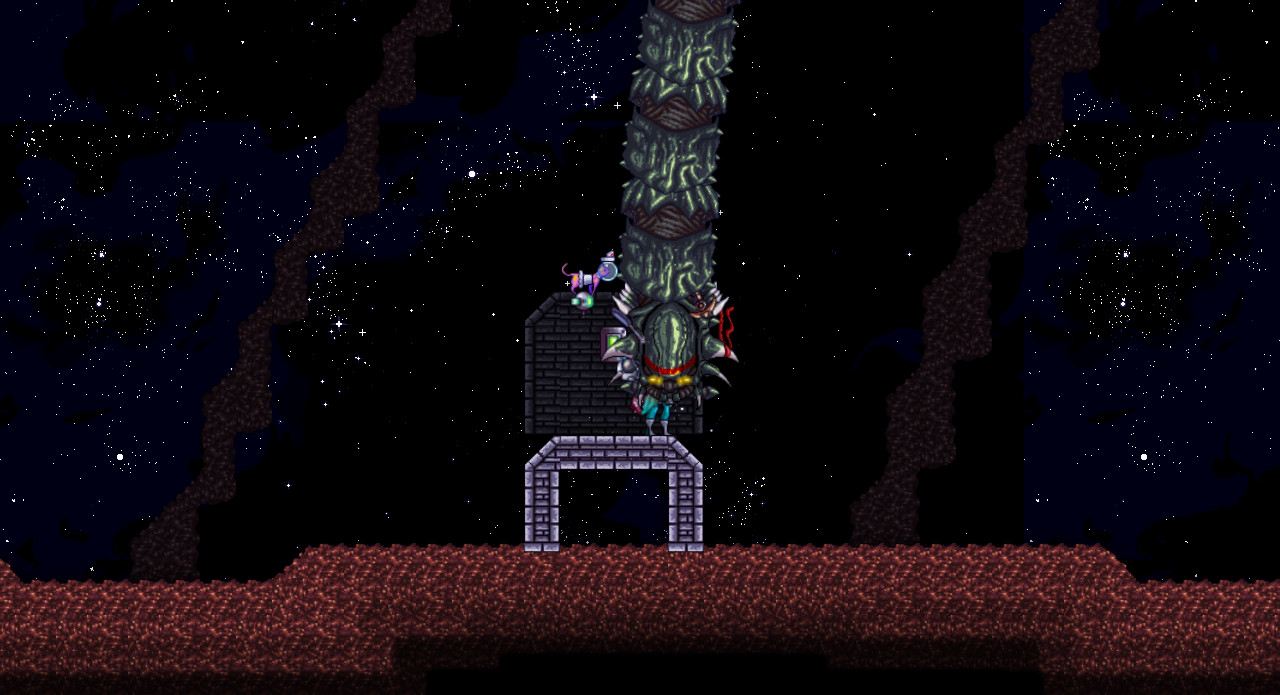Space: It's closer than you think. (Image credit: Mike Fossum/ NASA) Astronaut wings. For this reason, McDowell chose 50 miles as the true lower edge of space. The number fit neatly with several.
Context image
Today's VIS image is located along the edge of the north polar cap. The ice of the cap covers most of the image, with only the upper 1/4 of the image showing the ice free plains. Dunes cover most of the plains and are 'climbing' up onto the cap. This region of dunes in near Olympia Undae, the immense sand sea that surrounds part of the polar cap.
Orbit Number: 80094 Latitude: 83.6465 Longitude: 118.114 Instrument: VIS Captured: 2020-01-04 06:40
Please see the THEMIS Data Citation Note for details on crediting THEMIS images.
NASA's Jet Propulsion Laboratory manages the 2001 Mars Odyssey mission for NASA's Science Mission Directorate, Washington, D.C. The Thermal Emission Imaging System (THEMIS) was developed by Arizona State University, Tempe, in collaboration with Raytheon Santa Barbara Remote Sensing. The THEMIS investigation is led by Dr. Philip Christensen at Arizona State University. Lockheed Martin Astronautics, Denver, is the prime contractor for the Odyssey project, and developed and built the orbiter. Mission operations are conducted jointly from Lockheed Martin and from JPL, a division of the California Institute of Technology in Pasadena.
View all ImagesTarget: Mars
Instrument: Thermal Emission Imaging System
Full-Res TIFF: PIA23752.tif
Image credit: NASA/JPL-Caltech/ASU
1. Click on the screen resolution you would like to use.
2. Right-click on the image (control-click on a Mac) and select the option 'Set the Background' or 'Set as Wallpaper' (or similar).
- Fullscreen download sizes:
Widescreen download sizes:- 1920 x 1200
NASA's Hubble Space Telescope has imaged an unusual edge-on galaxy, revealing remarkable details of its warped dusty disc and showing how colliding galaxies trigger the birth of new stars.
The image, taken by Hubble's Wide Field and Planetary Camera 2 (WFPC2), is online at http://hubblesite.org/newscenter/archive/releases/http://hubblesite.org/newscenter/arc hive/releases/2001/23/image/a/. The camera was designed and built by NASA's Jet Propulsion Laboratory, Pasadena, Calif. During observations of the galaxy, the camera passed a milestone, taking its 100,000th image since shuttle astronauts installed it in Hubble in 1993.
The dust and spiral arms of normal spiral galaxies, like our Milky Way, look flat when seen edge- on. The new image of the galaxy ESO 510-G13 shows an unusual twisted disc structure, first seen in ground-based photographs taken at the European Southern Observatory in Chile. ESO 510-G13 lies in the southern constellation Hydra, some 150 million light-years from Earth. Details of the galaxy's structure are visible because interstellar dust clouds that trace its disc are silhouetted from behind by light from the galaxy's bright, smooth central bulge.
The strong warping of the disc indicates that ESO 510-G13 has recently collided with a nearby galaxy and is in the process of swallowing it. Gravitational forces distort galaxies as their stars, gas, and dust merge over millions of years. When the disturbances die out, ESO 510-G13 will be a single galaxy.
The galaxy's outer regions, especially on the right side of the image, show dark dust and bright clouds of blue stars. This indicates that hot, young stars are forming in the twisted disc. Astronomers believe star formation may be triggered when galaxies collide and their interstellar clouds are compressed.
The Hubble Heritage Team used WFPC2 to observe ESO 510-G13 in April 2001. Pictures obtained through blue, green, and red filters were combined to make this color-composite image, which emphasizes the contrast between the dusty spiral arms, the bright bulge, and the blue star-forming regions. Additional information about the Hubble Space Telescope is available athttp://www.stsci.edu/hst/. More information about the Wide Field and Planetary Camera 2 is available at http://www.stsci.edu/hst/wfpc2.
The Space Telescope Science Institute, Baltimore, Md., manages space operations for Hubble for NASA's Office of Space Science, Washington, D.C. The institute is operated by the Association of Universities for Research in Astronomy, Inc., for NASA, under contract with the Goddard Space Flight Center, Greenbelt, Md. Hubble is a project of international cooperation between NASA and the European Space Agency. JPL is a division of the California Institute of Technology in Pasadena.
 View all Images
View all ImagesTarget: Edge-on Galaxy ESO 510 G13
Instrument: Wide Field Planetary Camera 2
Full-Res TIFF: PIA04213.tif
Image credit: NASA/Space Telescope Science Institute
Be Van Helsing, monster-hunter extraordinaire and save the day with your charming and beautiful companion, Lady Katarina (who happens to be a ghost, by the way). The Incredible Adventures of Van Helsing GameplayThe Incredible Adventures of Van Helsing ReviewThe Incredible Adventures of Van Helsing Walkthrough-Put on your wide-brimmed hat, grab your weapons and embark on an incredible adventure in the gothic-noir world of Borgovia, where mad science threatens the fragile peace between monster and mortal. The incredible adventures of van helsing iii. Explore the savage wilderness in the mountains and the soot-stained brick districts of a grim metropolis twisted by weird science, and don't forget: you might never know who the real monsters are!less.
1. Click on the screen resolution you would like to use.
2. Right-click on the image (control-click on a Mac) and select the option 'Set the Background' or 'Set as Wallpaper' (or similar).
- Fullscreen download sizes:
Widescreen download sizes:- 1920 x 1200